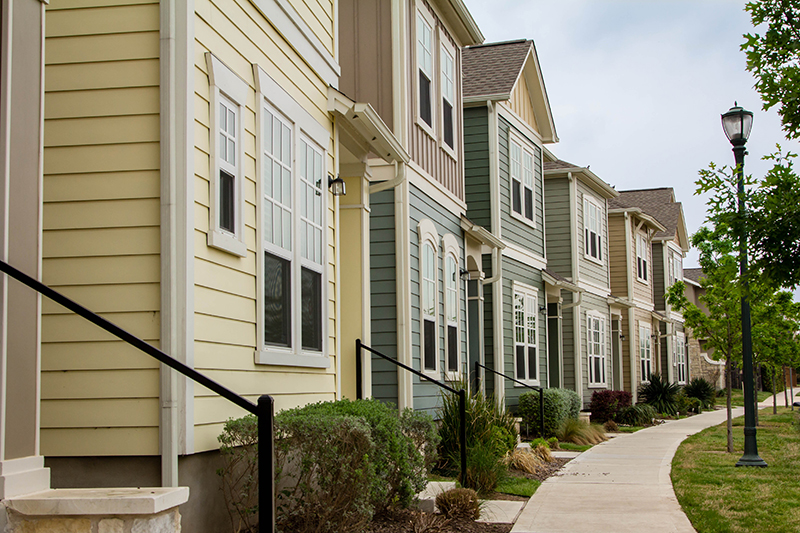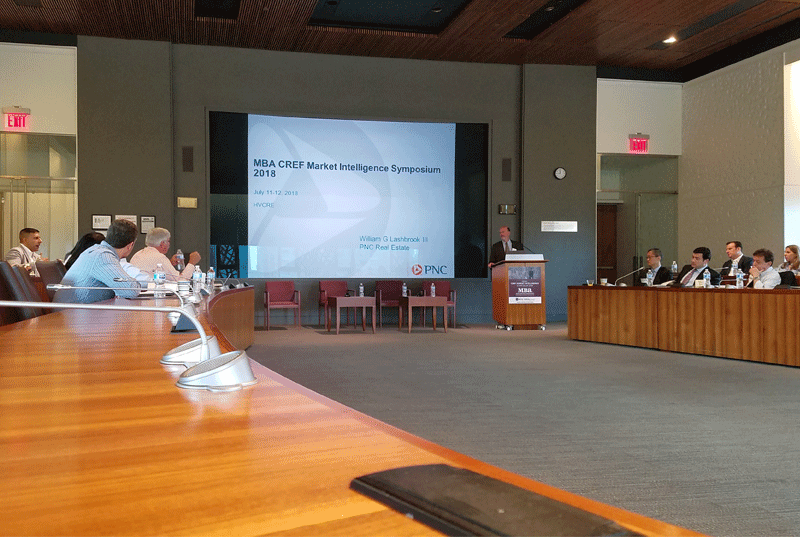Federal, state, and city policymakers are now utilizing zoning reforms in initiatives that encourage the development of affordable housing.











Federal, state, and city policymakers are now utilizing zoning reforms in initiatives that encourage the development of affordable housing.
ARBOR Locations With loan origination, support and service offices located throughout the country and experience with funding multifamily and commercial real estate loans across all 50 states, Arbor supports the financial needs of its clients no matter where their business or portfolio takes them.
In many parts of the U.S., a supply/demand mismatch is pushing rents higher at a time when interest rate hikes are causing some would-be home buyers to consider delaying ownership.